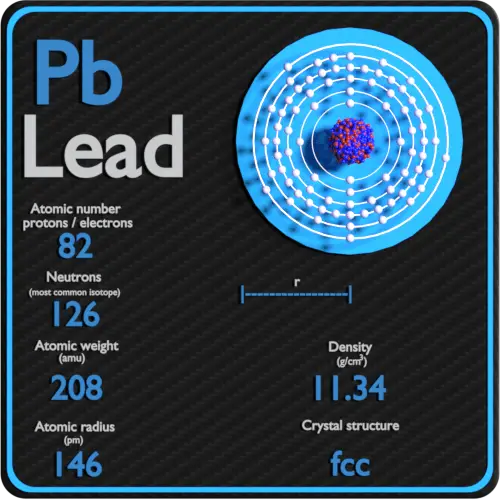


In a similar approach, we can use the lengths of carbon–carbon single bonds in organic compounds, which are remarkably uniform at 154 pm, to assign a value of 77 pm as the covalent atomic radius for carbon. (d) This is a depiction of covalent versus van der Waals radii of chlorine. (c) The van der Waals atomic radius, r vdW, is half the distance between the nuclei of two like atoms, such as argon, that are closely packed but not bonded. (b) The metallic atomic radius, r met, is half the distance between the nuclei of two adjacent atoms in a pure solid metal, such as aluminum. (a) The covalent atomic radius, r cov, is half the distance between the nuclei of two like atoms joined by a covalent bond in the same molecule, such as Cl 2.

Atomic radii are often measured in angstroms (Å), a non-SI unit: 1 Å = 1 × 10 −10 m = 100 pm.įigure 7.5 Definitions of the Atomic Radius of 99 pm or 0.99 Å (part (a) in Figure 7.5 "Definitions of the Atomic Radius"). We assign half of this distance to each chlorine atom, giving chlorine a covalent atomic radius ( r cov) Half the distance between the nuclei of two like atoms joined by a covalent bond in the same molecule. For example, the internuclear distance in the diatomic Cl 2 molecule is known to be 198 pm. Because distances between the nuclei in pairs of covalently bonded atoms can be measured quite precisely, however, chemists use these distances as a basis for describing the approximate sizes of atoms. For similar reasons, the filled n = 2 shell in argon is located closer to the nucleus and has a lower energy than the n = 2 shell in neon.įigure 7.4 "Plots of Radial Probability as a Function of Distance from the Nucleus for He, Ne, and Ar" illustrates the difficulty of measuring the dimensions of an individual atom. The energy of the n = 1 shell also decreases tremendously (the filled 1 s orbital becomes more stable) as the nuclear charge increases.
#Atomic radius of element full
Consequently, the two electrons in the n = 1 shell experience nearly the full nuclear charge, resulting in a strong electrostatic interaction between the electrons and the nucleus. Because the 1 s 2 shell is closest to the nucleus, its electrons are very poorly shielded by electrons in filled shells with larger values of n.

The peak for the filled n = 1 shell occurs at successively shorter distances for neon ( Z = 10) and argon ( Z = 18) because, with a greater number of protons, their nuclei are more positively charged than that of helium. Argon, with filled n = 1, 2, and 3 principal shells, has three peaks. In contrast, neon, with filled n = 1 and 2 principal shells, has two peaks. Because helium has only one filled shell ( n = 1), it shows only a single peak. Each peak in a given plot corresponds to the electron density in a given principal shell. In Ar, the 1 s electrons have a maximum at ≈2 pm, the 2 s and 2 p electrons combine to form a maximum at ≈18 pm, and the 3 s and 3 p electrons combine to form a maximum at ≈70 pm.įigure 7.4 "Plots of Radial Probability as a Function of Distance from the Nucleus for He, Ne, and Ar" also shows that there are distinct peaks in the total electron density at particular distances and that these peaks occur at different distances from the nucleus for each element. In Ne, the 1 s electrons have a maximum at ≈8 pm, and the 2 s and 2 p electrons combine to form another maximum at ≈35 pm (the n = 2 shell). In He, the 1 s electrons have a maximum radial probability at ≈30 pm from the nucleus. Figure 7.4 Plots of Radial Probability as a Function of Distance from the Nucleus for He, Ne, and Ar


 0 kommentar(er)
0 kommentar(er)
